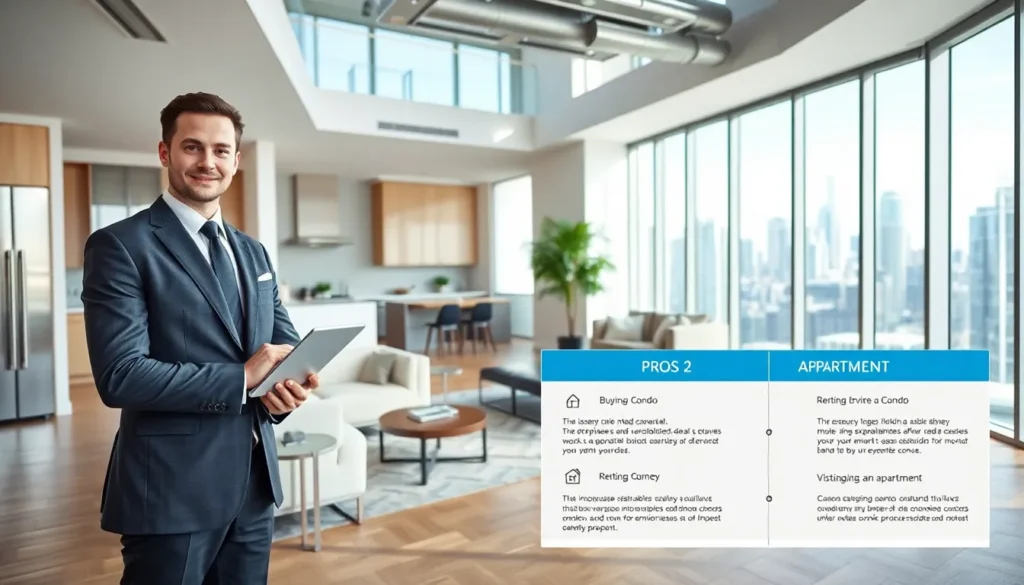Table of Contents
ToggleWhen it comes to rental properties, understanding finances can sometimes feel like trying to decode hieroglyphics, confusing and daunting. But don’t worry, income statements are simpler than they seem. Think of them as your property’s report card. They’ll help you figure out whether your rental is acing its classes or barely scraping by. So buckle up, because we’re diving into the ins and outs of income statements for rental properties.
Understanding The Income Statement

An income statement serves as a crucial financial tool for any rental property owner. It provides a clear snapshot of the property’s financial health over a specific period. Typically structured to display revenue and expenses, this document can indicate whether the property is profitable or incurring losses. By analyzing this statement, property owners can make informed decisions about their real estate investments.
Rental property income statements typically cover a year but can be modified for shorter periods, giving owners flexibility. Getting a grasp on these statements can feel intimidating, but with a little guidance, navigating your property’s numbers will become second nature.
Key Components Of An Income Statement
The income statement breaks down into two main categories: revenue and expenses. Each of these categories plays a big role in understanding how your property is performing financially.
Revenue Generation From Rental Property
The first piece of the puzzle is revenue. This includes all the money generated from renting out the property, primarily through rent payments. If your rental shines in a desirable location, it may also lead to bonus income sources like pet fees or laundry facilities. Accurately tracking this revenue is essential to assess the property’s potential.
Operating Expenses Incurred
Next up are the operating expenses, which are essentially the costs incurred to run the property. These expenses can vary widely depending on the property and its management. Common types of operating expenses include property management fees, repairs and maintenance costs, insurance, property taxes, and utilities. Unlike rental income, which comes in consistently, these costs can fluctuate, so monitoring them closely is vital. Striking a balance between revenue and expenses can eventually dictate your overall profitability.
Calculating Net Operating Income (NOI)
Once the income statement is filled with revenue and expenses, it’s time for the net operating income (NOI) to take center stage. The NOI is a critical measure that determines the profitability of a rental property. To calculate it, you subtract total operating expenses from total revenue.
Depreciation And Its Impact
It’s also essential to consider depreciation. Over time, properties wear down: hence, the value diminishes. Depreciation can provide significant tax benefits for rental property owners, influencing the NOI calculation. Accounting for this depreciation can make a considerable difference when determining your property’s overall financial health. In essence, understanding how to calculate your NOI, including depreciation, can give you a clearer picture of your rental property’s potential revenue.
Tax Implications Of Rental Income
Navigating taxes can feel like trekking through a forest with no map. But, knowing the tax implications of rental income is crucial for any property owner. Rental income is taxable: so, understanding how it fits into your overall tax liability is vital.
Landlords can often deduct certain expenses from their taxable income, such as mortgage interest, property management fees, and operating costs. Also, depreciation serves as a valuable tax deduction, potentially lowering overall income tax liability. Taking advantage of these deductions can lead to substantial savings over time. Consulting with a tax professional can help property owners maximize these benefits while remaining compliant with tax regulations.



